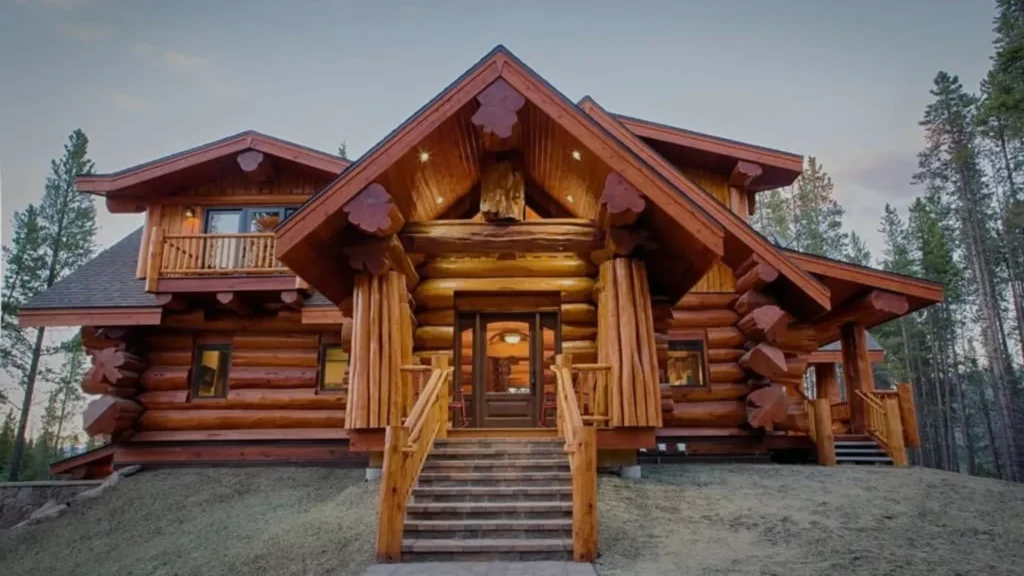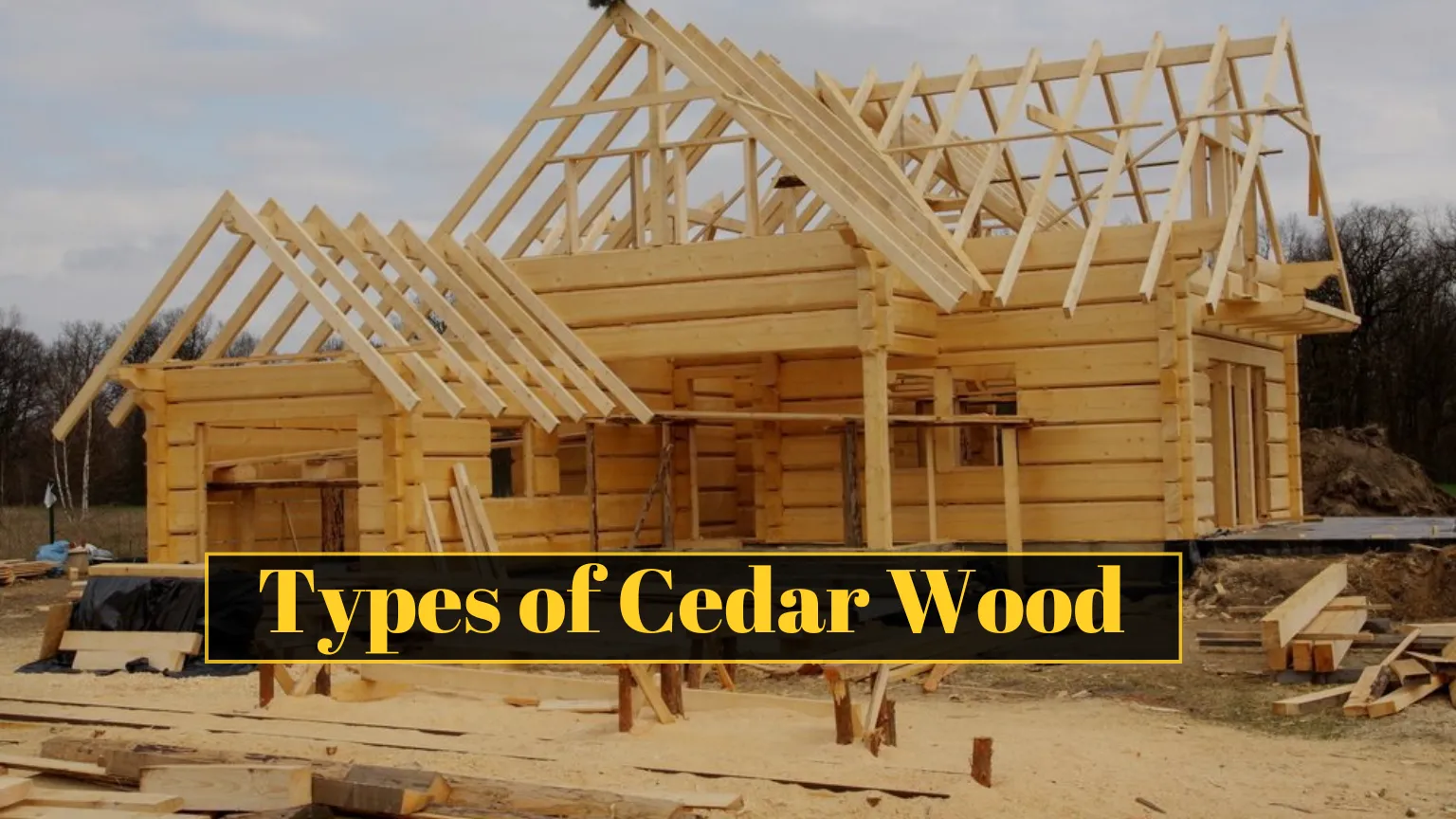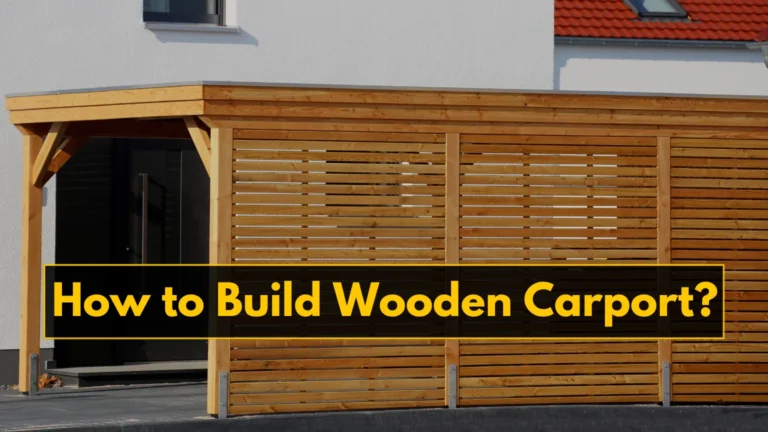Types of Cedar Wood
Cedar wood is a timeless material known for its natural beauty, durability, and versatility. Whether using cedar wood for outdoor furniture, decks, or indoor storage solutions, its rich aroma and resistance to pests make it a top choice for many. Cedar’s resistance to moisture, decay, and insects ensures its longevity, making it perfect for functional and decorative projects.
Different varieties of cedar wood could be available for consumers. We shall, then, enumerate the other characteristics, features, uses, and benefits of each so you may know what to use for your woodworking project. With a few answers to some of your questions about cedar wood, we shall guide you through your project with relative ease. The information about the various types of cedar wood will lead you to the right wood for the following woodworking project.
Various Species of Cedar Wood
It is said to have a delicate oleaginous odor, is light in weight, insect-resistant, and resistant to rotting and decay. They have been used in everything from building products to furniture, storage trunks, and roofing shingles for centuries.
Several types of cedar vary in appearance, durability, and cost. Many are classified as being for exterior use, and others do even better in indoor applications.

Eastern Red Cedar (Juniperus Virginiana)
Even though Juniperus is the scientific classification, this particular wood is called a type of Cedar due to its characteristics similar to those of an actual cedar. Primarily inside the house in furniture and storage chests, and closets too in this scented and pest-repellent one, far cheaper than Western Red Cedar, ranging from $3 to $5 per board foot. It is a good alternative for interior projects wherein you want to save some of that material cost.
Application in Construction– Eastern Red Cedar is used in building furniture, wardrobes, and storage boxes. It is cherished because it has a repellent effect on insects. It is an ideal preference for lining wardrobes and storing clothing. Its natural pest-repelling qualities have a flavour to closets and cabinets.
Benefits
- Fragrance: It possesses a good aromatic scent that repels insects such as moths. Eastern Red Cedar is thus an ideal wood to use in closets or storage chests.
- Moisture Resistance: The wood is relatively resistant to moisture. It may not be so suitable for exposure to severe outdoor weather.
- Environmental Sustainability: One of the fastest-growing North American woods, Eastern Red Cedar, falls under the environmentally sustainable category.
Western Red Cedar (Thuja plicata)
The most widely used type of cedar is Western Red Cedar. Its typical reddish-brown to light pinkish colour, fine grain, and fragrant scent make it ideal for most applications. Western red cedar is slightly costlier than Eastern Red Cedar and costs about $6 to $10 per board foot. Again, the prices are subject to change according to size and quality and will be slightly more expensive in case of premium cuts.
Use in Construction: Cedar is widely used in outdoor applications, including decking, fencing, siding, and roof shingles. Because it does not rot or get wet, this tree is ideally suited for any exterior construction where elements are a concern. Its use can also be seen in architectural features and exterior finishes.
Advantages
- Extremely long-lived because of its natural resistance to decay, insects, and moisture
- Low maintenance for exterior cladding and fencing applications.
- Visually appealing, having deep tints and distinctive grain that lends curb appeal to homes.
Alaska Yellow Cedar (Callitropsis Nootkatensis)
Alaska yellow cedar is one of the most complex and most resistant types of cedar wood. Its pale yellow to light brown tint is characteristic of northern North America, where it is of highly prized timber for fine woodworking.
Alaska Yellow Cedar costs on the higher side, but it is pretty standard at $10-$15 per board foot. These are some reasons why the price ranges are high, but with a reason: it is scanty, complex, and quality wood, perfect for precision applications.
Construction Use: it is suitable for premium outdoor furniture, boat construction, and fine cabinetry. It also applies in those uses that need stability and toughness with changing environmental conditions because of its hardness.
Benefits
- This material provides excellent durability with resistance to decay and moisture; it is an ideal wood for exterior work.
- More rigid and denser than most cedar species, this material quality is more desirable in high-traffic locations.
- It is coarsely textured and is mainly applied to beautiful and intricate wood carvings.
Spanish Cedar (Cedrela Odorata)
Even though this is a tropical hardwood, the characteristics and similarity in odor make it akin to the cedar wood family. People like its tenderly smooth grain because the color is quite red-brown. This one is relatively not as pricey compared to other high-grade cedars; from $5 to $8 a board foot is relatively affordable, yet again, these prices depend upon availability and locality.
Use in Construction: Spanish Cedar is used for veneering, furniture making, cabinetry, and storage chests. It is mainly applied where aesthetic quality and fine grain are in demand. Moreover, it is also primarily used in musical instruments due to its good resonating sound.
Advantages
- Pest-resistant, thus ideal for storage and furniture applications.
- Lightweight, hence more straightforward to work with than the denser varieties of cedar.
- Beautiful look, smooth texture; suitable for fine woodworking.
Mountain Cedar (Juniperus Ashei)
Mountain Cedar, also called Ashe juniper, is from the southern part of the United States, more particularly from Texas and Mexico. This wood smells powerfully aromatic and is a favourite for rustic decorative items and small furniture. It is dense in texture; therefore, for some special indoor application purposes, it will be tough enough; however, the weather resistance will not be excellent in comparison to other species of cedar. Mountain Cedar is relatively cheap. The board-foot price falls within the range of $3 to $5. It is affordable and helpful for smaller applications such as ornaments and other handicrafts.
Uses in Construction: This species of cedar is used for making rustic furniture, decorative accents, and paneling. Its density makes it applicable for interior purposes, especially when a distinctive look is required.
Benefits
- It is affordable compared to other cedar species.
- Long-lasting: This species does not decay or get infested by pests, and it is very ideal for furniture indoors.
- A pleasant smell gives a room a natural, woodsy fragrance.
Texas Cedar (Juniperus Texensis)
Texas Cedar, or Texas Juniper, is like Mountain Cedar in appearance; it is native to the central and western parts of Texas. This type of cedar wood has a very high value because of its density, rich color, and pest-repelling properties. It is used on all sorts of crafts and small-scale furniture but is less used for building structures, as its availability is relatively tiny and grain patterns are not as regular.
The Texas Cedar is sold within the range of $3 to $5 per board foot, the same as Mountain Cedar. This is mainly because it is cost-effective and a go-to favourite among woodworkers who want to make personalized furniture and decorative wood items.
Construction Uses: Texas Cedar is mainly used on small furniture, crafts, and rustic decorations. It is conscious and sustainable, thus being a popular favourite for environmental applications.
Benefits
- Environmental friendly: Sustainable. It can be used in green building applications.
- Indoor applications are possible and resistant to insects and moisture.
- It is relatively inexpensive and readily available throughout the southern U.S.
Incense Cedar (Calocedrus Decurrens)
Incense Cedar is a light-coloured wood with a sweet, fine grain that has a fragrant scent. It is often used for precision woodworking and crafts. The price of Incense Cedar lies in the mid-range, between $4 and $6 per board foot.
Construction Uses: They are primarily applied in high precision, fine woodwork endeavors, where pencils, cabinetry, and the construction of so many musical instruments are carried out. Northern White cedar is highly workable.
Benefits
It has a strong, sweet scent. It’s also soft wood and easy to shape and carve to create beautiful things. It will do well in all kinds of elaborate designs.
Northern White Cedar (Thuja Occidentalis)
Northern White Cedar is characterized by a smooth texture of light color and excellent resistance to decay and moisture. It is notably light and very easy to work with, thus used for a variety of applications from residential to commercial. It is yellowish-brown with straight grain, suitable for projects requiring aesthetics and durability in equal measures. Northern White Cedar is relatively inexpensive, costing between $4 and $7 per board foot, depending on the quality and region of purchase.
Use in Construction: This type of cedar is often used for siding, fencing, and roofing shingles due to its moisture resistance and lightweight, making it an excellent choice for projects exposed to the elements.
Benefits
- Highly resistant to decay and moisture, making it suitable for outdoor projects.
- Lightweight and easy to work with, which cuts down labour costs.
- Natural pest-repellent properties make it ideal for outdoor storage solutions.
Southern Yellow Cedar Chamaecyparis nootkatensis
Southern Yellow Cedar, or Yellow Cypress, is delicate and close-grained, resistant even to extreme exposure. The overall colour of the wood is light to medium yellow-brown with good strength. Thus, the demand for it is very much outdoor work, mainly marine and wet sites. The Southern Yellow Cedar is moderately priced, costing $5 to $8 per board foot. This is dependent on availability and quality.
Construction Application: It is used for decking, fencing, and outdoor furniture. This wood is also widely used in marine construction since it does not rot fast and has strength in wet conditions.
Advantages
- It is a robust wood suitable for applications under stress.
- Moisture-resistant. It is very suitable for application in marine conditions.
- Lightweight and easy to handle, reducing installation costs
Port Orford Cedar (Chamaecyparis Lawsoniana)
Port Orford Cedar is one of the rarest varieties of cedar timbers, prized for its light strength and singular fragrance. It is pale yellowish-brown with a straight, fine grain. Its fragrant aroma makes it extremely popular for decorative and structural applications, especially well-suited for high-end cabinetry and woodworking. Cost: $8-$12/ board foot. This species of cedar is not at all easy to find naturally available and is very expensive. Its quality is also quite superb; therefore, this is not such a budget-friendly option.
Construction in-Use: Due to its excellent, unique, specific odor as well as immense strength, it finds application for highly class cabinetry and furniture-making and can be utilized thoroughly for even aesthetic value or structural application of siding and roofing of Port Orford Cedar.
Benfits
- Extremely resistant to rot and decay, hence ideal for outdoor applications.
- The scent is very pleasing, which makes it ideal for fine woodworking projects.
- It is light in weight, making it easy to work with when creating detailed craft items.
Western Juniper (Juniperus Occidentalis)
Western Juniper is a dense hardwood with intense colors and is deep reddish brown. It’s not extremely popular wood, as other cedars are. This remains popular due to its strengthands relatively good resistance to rot. It is utilized in the western United States for fencing, furniture, and the construction of minor details. Most Western Juniper averages out into the $3 to $6 per board foot, so budgets for rustic work are rarely, if ever, broken here.
Application in Construction: Western Juniper is ideal for rustic furniture, fencing, and minor structural construction. It has a beautiful aesthetic look and durability for both outdoor and indoor construction works.
Advantages
- It does not decay and is thus appropriate for outdoor construction.
- Has a distinct color accent with good grain to attract the aesthetics
- Western Juniper is relatively cheaper than other types of Cedar
How to Choose the Type of Cedar Wood for The Project?
Each species of cedar wood has some characteristics that are best suited to a project, but determining the quality of the material and the quantity needed requires much thought in finding the best cedar wood. Being both durable, functional, and cost-effective needs to be the goal of both homeowners and contractors when choosing the right cedar wood. Considering help from the experts in lumber-takeoff can help you pick the best cedar wood for your project. This way, you not only get the right materials but also save time and reduce waste, making your construction process smoother and more efficient.

Budget. If budget is the primary concern, then look at Eastern Red Cedar or Mountain Cedar: less expensive, yet durable and aesthetically appealing. The use of Alaska Yellow Cedar or Western Red Cedar would be justified in premium projects.
Purpose: Western Red Cedar and Alaska Yellow Cedar are excellent materials for outdoor usage due to their resistant properties to moisture and decay. Interior space is ideal for eastern red cedar and Spanish Cedar due to natural bug-repelling properties.
Durability: For applications requiring high-performance durability, Alaska Yellow Cedar or Western Red Cedar is the recommended option for structural application.
Aesthetic: Spanish Cedar offers a soft texture if desired, and Eastern Red Cedar has a rustic fragrance and a distinguishable color.
Conclusion
Such qualities as durability, natural beauty, and sustainability make cedar wood an excellent choice for functional and decorative purposes. Knowing the different types of cedar wood and their corresponding costs will give you the confidence to select the appropriate material for your next project. Whether it is furniture-making, building decks, or storage solutions, one type of cedar wood suits exactly your needs.
Western Red Cedar and Alaska Yellow Cedar are the two to use for high-end or outdoor projects. Affordable options such as Eastern Red Cedar and Spanish Cedar are used for indoor storage. The value of each is determined by weighing the cost and functionality that will be achieved with each type of wood.

Tony Cummins began his career as a carpenter in a sawmill, where he learned the ins and outs of cutting and processing wood. Over the years, he honed his skills and gained vast knowledge about different types of lumber and their uses. After many years of working directly in the industry, he decided to start his company for preparing lumber takeoffs to help contractors.
















